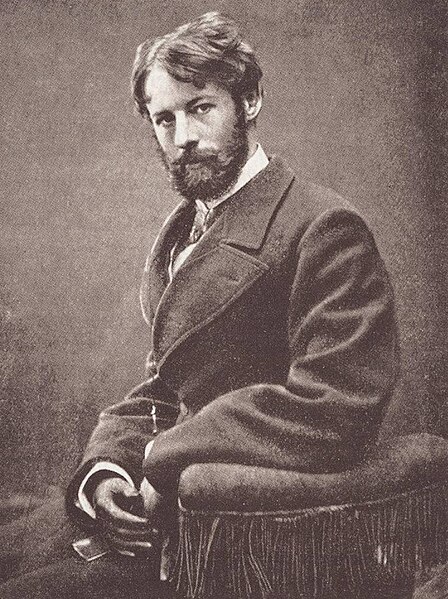Wilhelm Iwan Friederich August von Gloeden, commonly known as Baron von Gloeden, was a German photographer who worked mainly in Italy. He is mostly known for his pastoral nude studies of Sicilian boys, which usually featured props such as wreaths or amphoras, suggesting a setting in the Greece or Italy of antiquity. From a modern standpoint, his work is commendable due to his controlled use of lighting as well as the often elegant poses of his models. His innovations include the use of photographic filters and special body makeup to disguise skin blemishes. His work, both landscapes and nudes, drew wealthy tourists to Sicily, particularly gay men uncomfortable in northern Europe, and changed the history of Taormina.
Wilhelm von Gloeden in 1891
Boy disguised as an odalisque in Gloeden's garden in Taormina. The reverse bears the stamp of Gloeden's heir, Pancrazio Buciunì, and the date: May 16, 1914
Burial Place of von Gloeden in Taormina
Caino
Taormina dates to around 396 BC after Dionysius I of Syracuse destroyed nearby Naxos in 403 BC and the Siculi formed a new settlement on the nearby Mount Taurus which gradually grew up into the city of Tauromenium.
Taormina Theatre
Roman Odeon constructed by the Romans in 21 BC for small performances frequented by the local Roman elite
The Duomo dates from the 13th century
The tower of the 13th century Palazzo Corvaja showing the Gothic influence.








